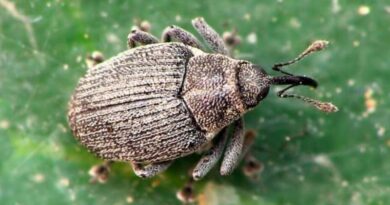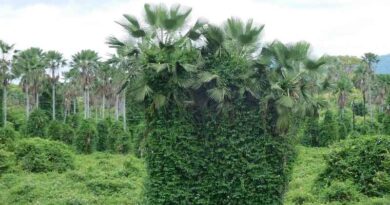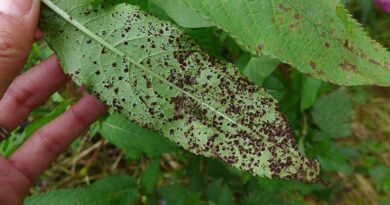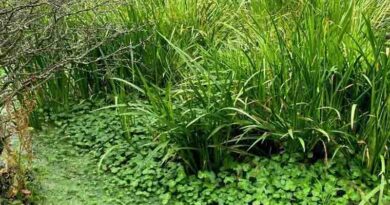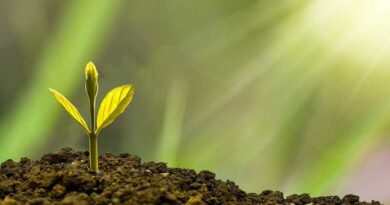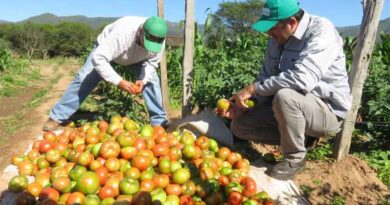Fast-growing kudzu plant overwhelms native species
23 March 2023, Asia: Kudzu (Pueraria montana var. lobata) has become America’s most infamous weed. The quick-growing creeping vine spreads rapidly, outcompeting native grasses and fully-grown trees.
What are the characteristics of the kudzu plant?
Kudzu is a perennial climbing vine that grows well under various conditions and in many soil types. Once established, kudzu grows at a rate of one foot per day with mature vines as long as 100 feet and stems up to four inches in diameter. As many as thirty vines may grow from a single root crown.
How invasive is kudzu and what impact is it having on native species?
Kudzu was introduced to the US from Asia in the late 19th century as an ornamental garden plant. In the 1930s farmers were incentivised to plant the vine to help reduce soil erosion. This led to an estimated one million acres being planted by 1945. Nicknamed ‘the vine that ate the south’, kudzu was recognised as a pest weed in the 1950s. In 1998 the US congress listed it as a federal noxious weed.
The vine completely smothers native plants and trees by shading them from sunlight. Recent estimates of the plant’s presence in the south-eastern USA range from 809,000 to 3.2 million hectares.
How could climate change worsen the problem?
Kudzu thrives in areas with mild winters and hot summers. Winters in many parts of the US could become milder, making it easier for the invasive weed to spread. Invasive species like kudzu are often more flexible and adaptable to change and can outcompete native species early in the growing season.
Climate change can also lead to more regional drought but kudzu can adapt to drier periods thanks to its deep root systems.
How can we control kudzu?
The best way to manage the invasive vine is to prevent it from spreading in the first place. As such, newer, smaller patches of the plant may be controlled with persistent weeding.
The U.S. Department of Agriculture is investigating biological control agents for the invasive plant including the naturally occurring fungus Myrothecium verrucaria. For successful long-term control, the plant’s extensive root system must be destroyed. Some research has shown that continuous mowing and grazing of livestock which eat kudzu will weaken and eventually control the plant. What is more, systemic herbicides have also been used effectively.
Invasive species expertise
Invasive species are one of the five leading drivers of global environmental change. CABI has worked on invasive species for over 100 years. We provide robust data on the impacts of invasive species on human well-being and the environment. In addition, we also develop practical ways of addressing the most significant threats.
Also Read: Diageo India launches regenerative agriculture program in Punjab and Haryana farmers
(For Latest Agriculture News & Updates, follow Krishak Jagat on Google News)



